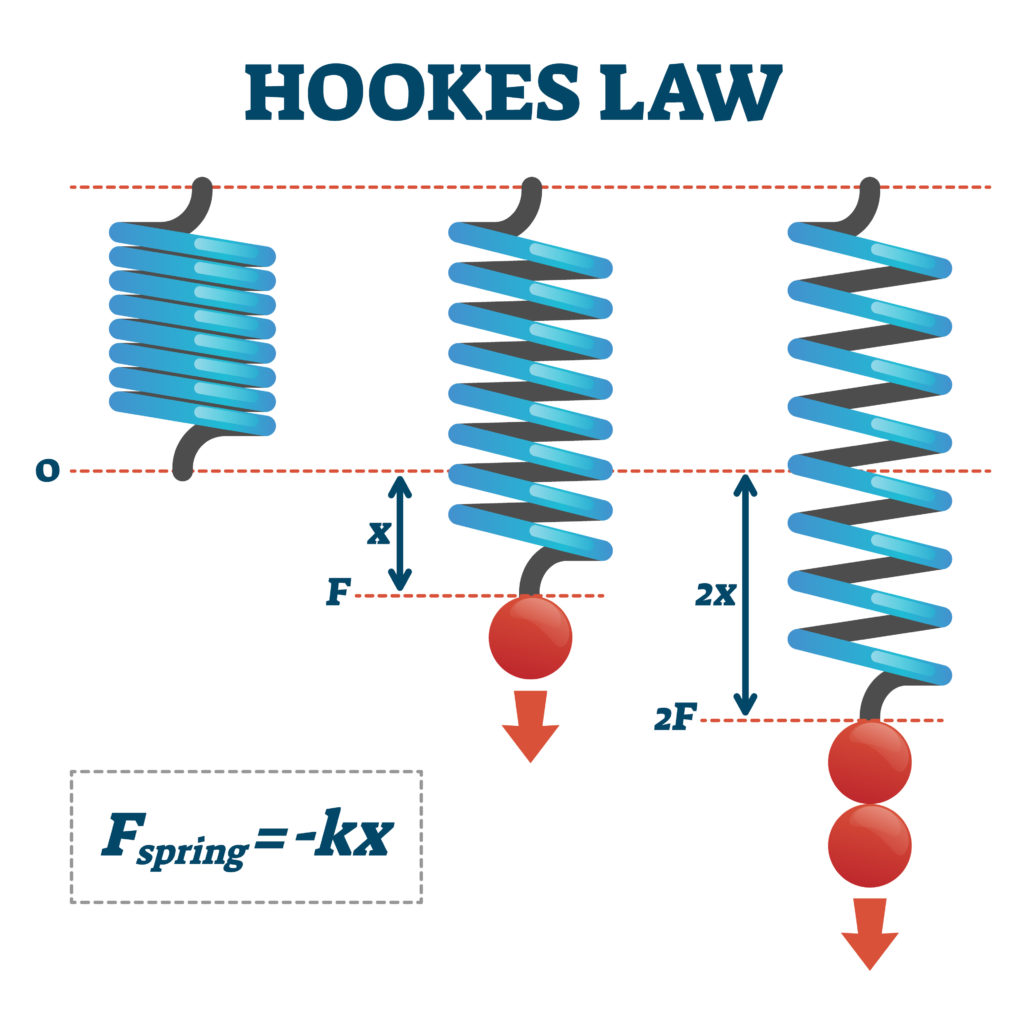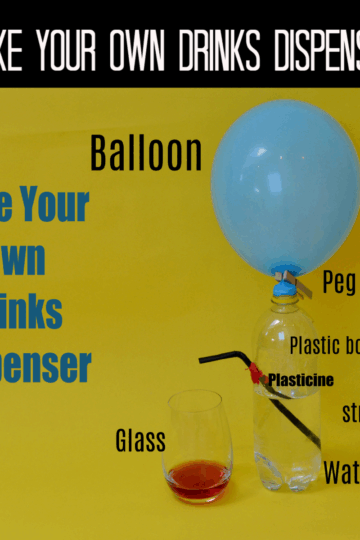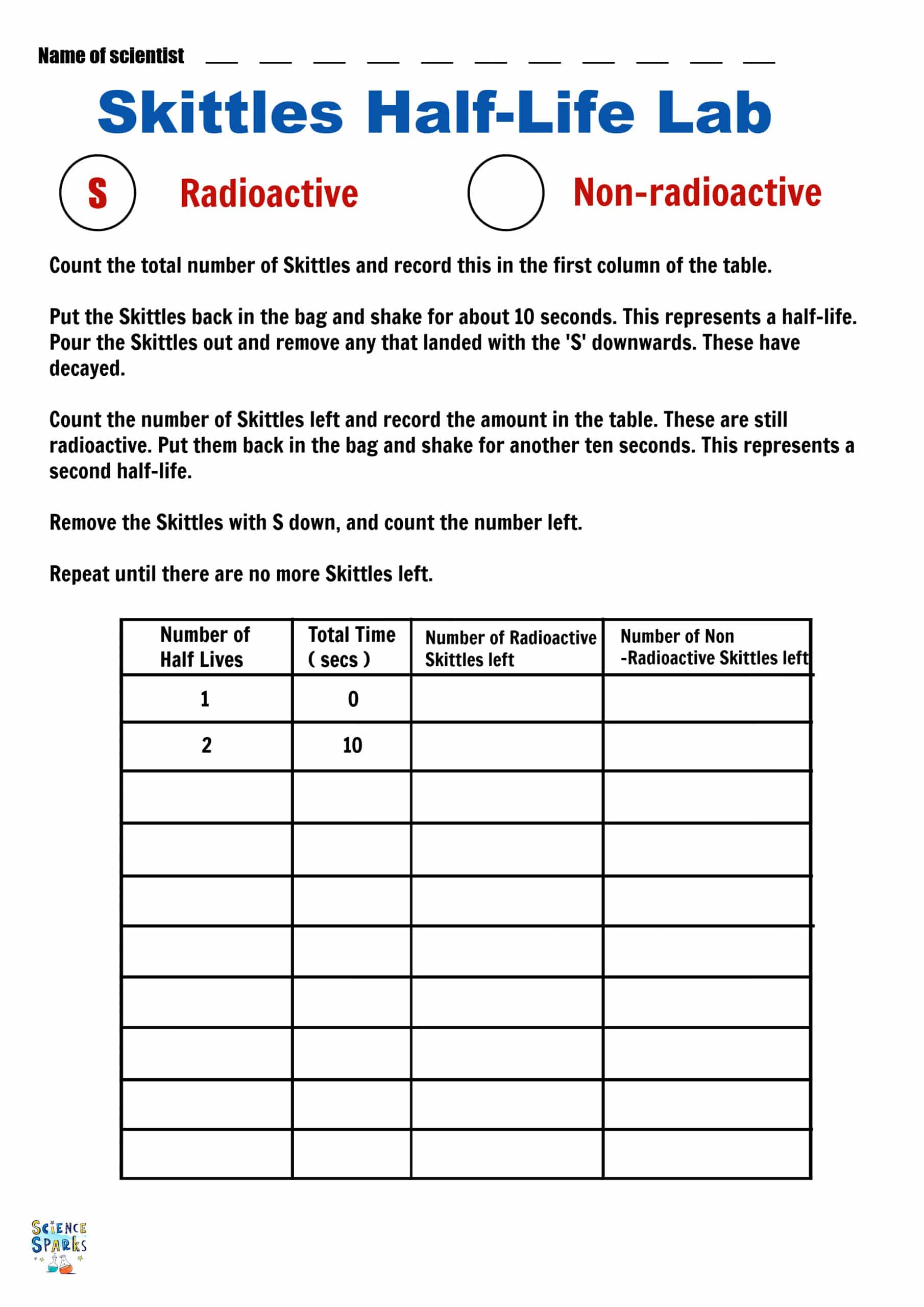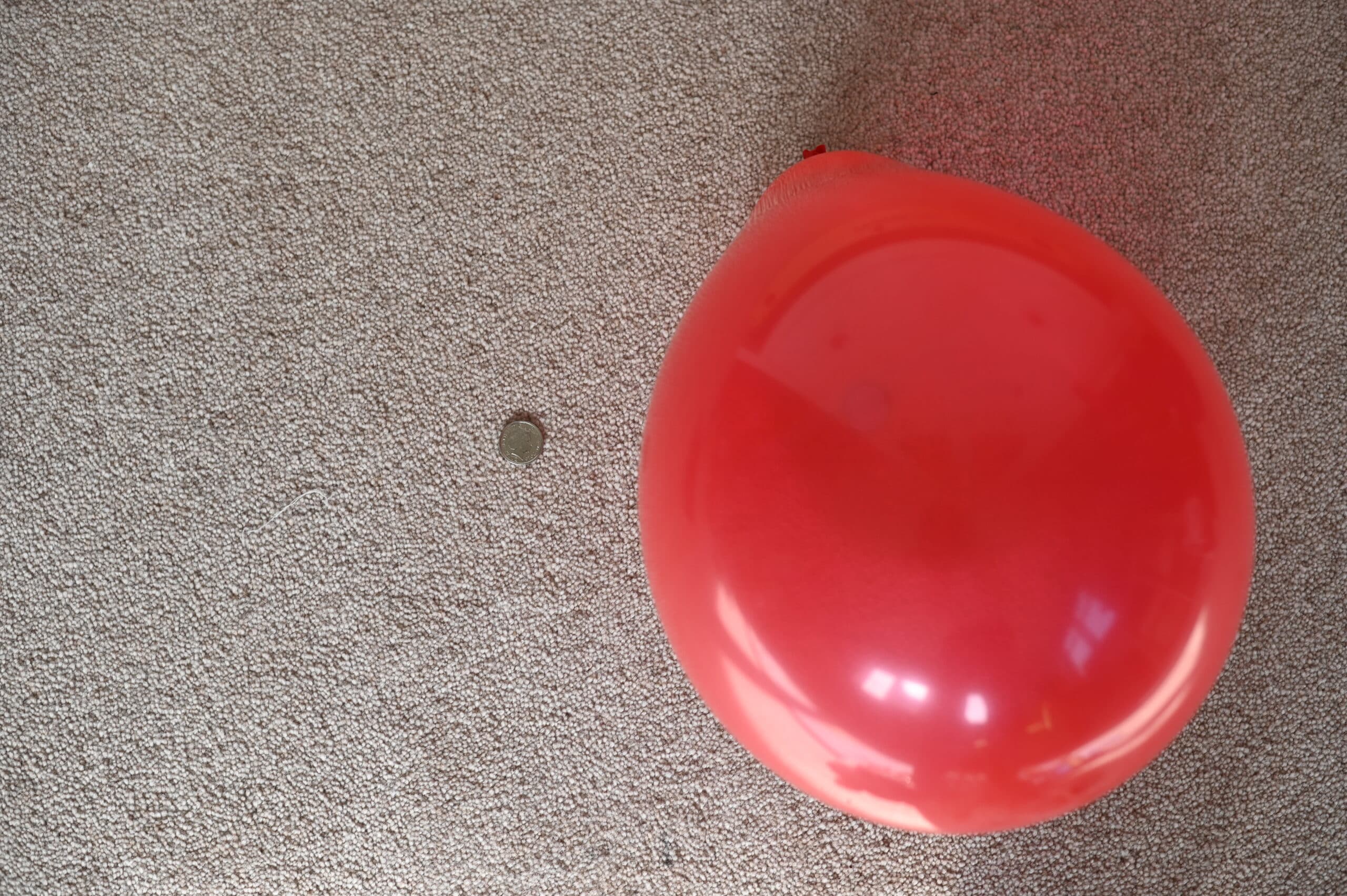Hooke's law states that the amount of force applied to an elastic object is proportional to how far it stretches.
However, if the object is overstretched it will not spring back.
Hooke's Law only applies if an elastic object is not overstretched.
Objects are made from lots of molecules with bonds between them, if too much force is applied the bonds break meaning the object will not return to its original shape.
Hooke's Law applies to elastic objects, but they don't stretch forever. When an object will no longer return to its original size we say it has reached its elastic limit.
How to investigate Hooke's Law
One way to investigate Hooke's Law is to add increasing masses to a spring and measure how far the spring stretches ( extends ) until it will no longer return back to its original length.
You should find that the extension of the spring is proportional to the force added.

F = force
k = spring constant
x = length of extension or compression
Deformation is when a force changes the shape of an object either by stretching or compressing it. Different materials respond differently to forces.
Who was Robert Hooke?
Robert Hooke was a brilliant English polymath who discovered the law of elasticity which we now know as Hooke's Law.
Hooke also invested the compound microscope which he used to look at all types of objects revealing a tiny world of micro-organisms that people hadn't seen before. He published a book called Micrographia containing drawings of his findings which included a flea and a head louse. He is also thought to be the first person to use the word 'cell'.
Robert Hooke was born in 1635 and died in 1703. He worked with Robert Boyle and helped form the Royal Society. Hooke is also famous for his clashes with Isaac Newton.

More science for kids
Have a go at one of my many science investigations for learning about forces.
Try this simple stretchy material investigation for learning about elastic limit.
Last Updated on April 20, 2022 by Emma Vanstone




Leave a Reply